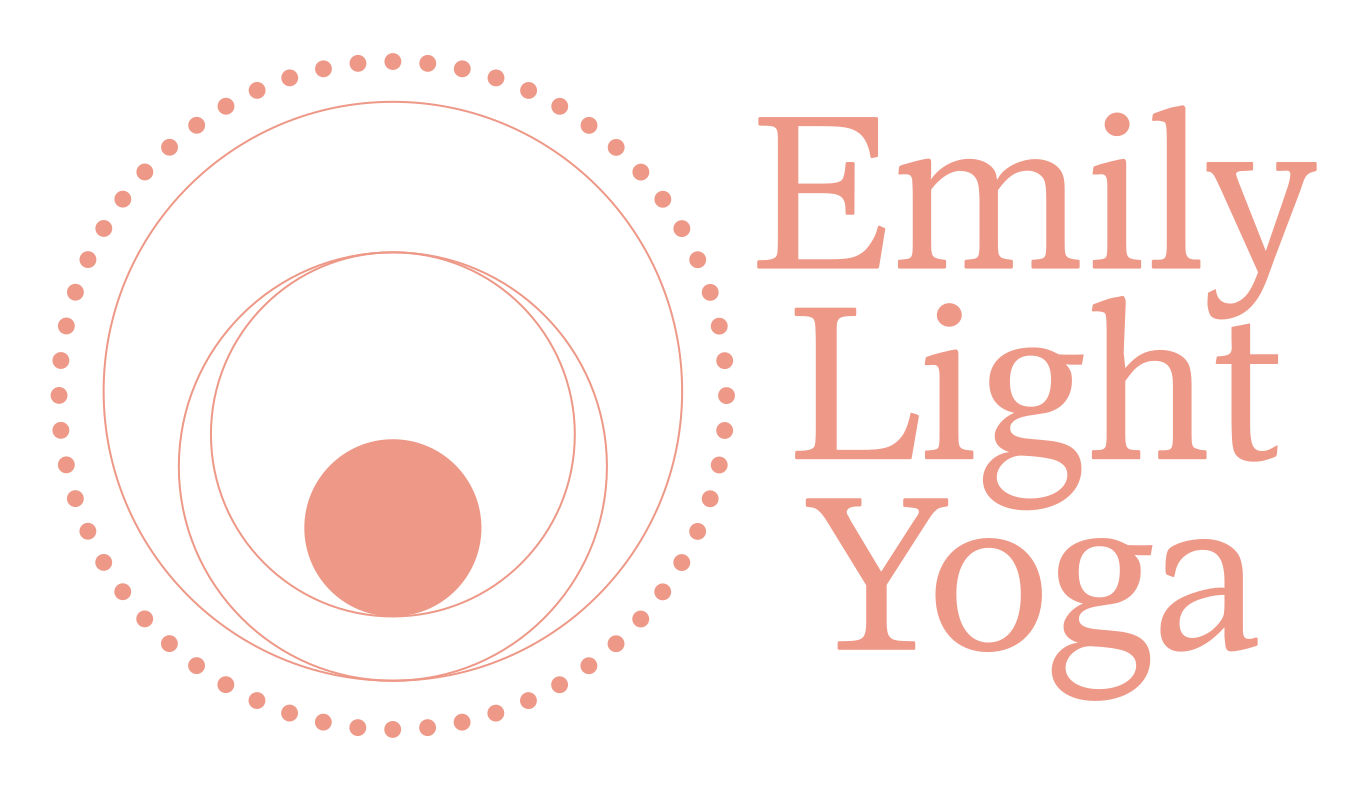Breathing and Digestion
I’ve struggled with my digestive system since I was a kid. Belly aches and pains were commonplace for much of my life. Because of this, I used to think of my digestive tract as my weak spot, but now I’ve come to see it as a useful barometer that tells me where I need to direct my attention. We can learn a lot listening to our gastrointestinal tract! I know I’m not digesting my food well if I don’t hear the process of digesting, or when my stomach and respiratory diaphragm feel tight and contracted.
After decades of experimenting with my diet, herbs, supplements, postures, breathing exercises, and meditation, as well as years of working with my private yoga therapy clients on improving their digestion, I’ve come to the conclusion that the most important aspect of digestion is rooted in the nervous system.
Check-in with your Nervous System
The human body is pretty incredible. The complexity of different body systems, like the nervous system and the digestive system, and how they communicate, is still being discovered. Every time I learn something new, I’m awestruck.
The human body doesn’t have the capacity to focus optimal attention and energy on all of its system processes simultaneously, so it has to choose, based on the circumstances. For example, when we’re sleeping, our body is working on the cleansing and repair of tissues significantly more than during the daytime. Similarly, when we’re eating food, our body is focused on digestion (at least that’s what we hope is happening!) When we look at the relationship between the nervous system and the digestive system, we come to this basic conclusion: when we are stressed out, we aren’t able to digest food properly. Our bodies just aren’t built that way. So, the most basic way to support your body’s ability to digest food and absorb nutrients is to promote relaxation and a synchronous shift away from the stress state. When we’re relaxed and present, we digest everything more thoroughly, including not only our food, but also our experiences and emotions.
There’s a lot to say about different stress responses and the varied yoga tools that work to activate or calm the nervous system. I write and teach about this all of the time! My aim here is to offer you a few easy postures and a breathing exercise, all of which promote deep diaphragmatic breath. Breathing in this manner is one of the fastest ways to a calm nervous system and encourage healthy digestion.
Diaphragmatic Breath
There are two basic ways we can breathe: diaphragmatic respiration or thoracic/chest respiration. The respiratory diaphragm is always moving as we breathe, however, the amount of movement varies during these different breathing patterns. The nervous system is directly affected by how we’re breathing, so it’s a really important area to pay our attention to.
The respiratory diaphragm is a sheath of muscle and fibrous tissue, which separates the thoracic and abdominal cavities, and is the main respiratory muscle. It rests in a dome shape, with the concave side facing downward. With diaphragmatic breath, the nervous system relaxes (promotes parasympathetic nervous system) and with chest breath the nervous system is stimulated (promotes sympathetic nervous system). Many of us haven’t been taught how to breathe optimally, and because of the high level of stress and anxiety in our society (and because of skinny jeans, sitting a lot, obsession with flat bellies, and habit) there’s a tendency for many to lift the chest to breathe (chest breath), rather than optimally mobilize the diaphragm.
To breathe deeply with the diaphragm first we breathe into the upper lungs (the sternum may lift a little)
Then into the mid lungs expanding the ribcage to the sides and back
And finally into the bottom tips of the lungs toward the abdomen
The secondary respiratory muscles, which lift the chest, (scalenes and pec minor) are pretty quiet
With chest breathing, the ribcage lifts up and widens to create space for the lungs to inflate, and there’s not as much movement in the diaphragm.
Crocodile
This is my personal, go-to posture when I’m stressed, anxious, can’t sleep, or want to get my body into the right gear for digestion. It somewhat contains the ribcage and simultaneously mobilizes the diaphragm. This position also easily allows for application of slight pressure on the upper abdomen, below the sternum and above the navel, an option that helps stoke the digestive fire and directs energy to the stomach.
Lie down on your front side, with your legs straight, hip width or wider.
Stack your hands and point your elbows out to the sides. Rest your forehead on your hands.
If you experience discomfort in your low back, place a folded blanket underneath your belly.
If you experience discomfort in your neck, roll a blanket or towel and place it under your shoulders/arms.
Breathe for a couple minutes or more.
Wall Dog
This is similar to down dog, only your hands are on the wall. It’s a great position to take as a mid-day stretch for the body and to nudge the nervous system back into gear when there’s distraction or stress.
Place your hands about shoulder width or wider in front of you flat on a wall.
Walk your feet back, reach your hips back and lower your torso towards the ground. You may adjust the height and width of the hands as needed.
Soften the knees and draw your low belly towards your back so you aren’t swaying in the back.
Reach the crown of your head towards the wall, and reach back through your tail. If the neck is sore, let your head hang wherever gravity takes it.
Take 5 breaths or more.
Chair Dog
This is a quick and easy pose to take at the office– you can even get your office mates to join in! It’s a great pose for those who spend a lot of time at a desk, driving, or walking, and, like all the postures listed here, it relaxes the nervous system and cultivates concentration, patience, and ease.
Stand in front of a chair (one w/o wheels, or positioned next to a wall or desk so it can’t move.)
Soften your knees and place your hands on either side of the seat of the chair.
Walk your feet back, reach your hips back, and lower your torso towards the floor.
Keep the knees soft and draw your low belly towards your back so you aren’t swaying in the back.
Continue to reach your hips back so you’re not pressing much weight into your hands.
Take 5 breaths or more.
You are what you… absorb
We’ve all heard the saying “you are what you eat,” but I would take this idea a step further and say: We are more than what we eat, we are what we absorb! Okay … we’re actually so much more than that, but let’s be real people: We all spend a lot of money and time on obtaining, preparing, and eating food. Let’s do our best to help our bodies find the peace needed to digest and absorb all of the goodies from the food on our plates, so we can continue to build healthy, resilient bodies and minds, for ourselves, and our communities.
Happy Digesting!

